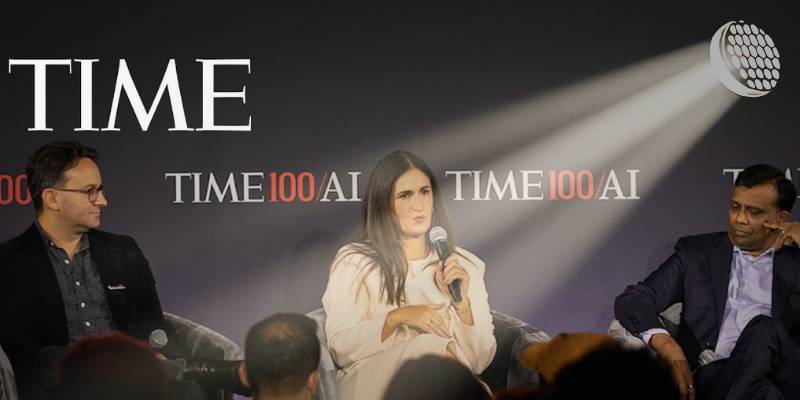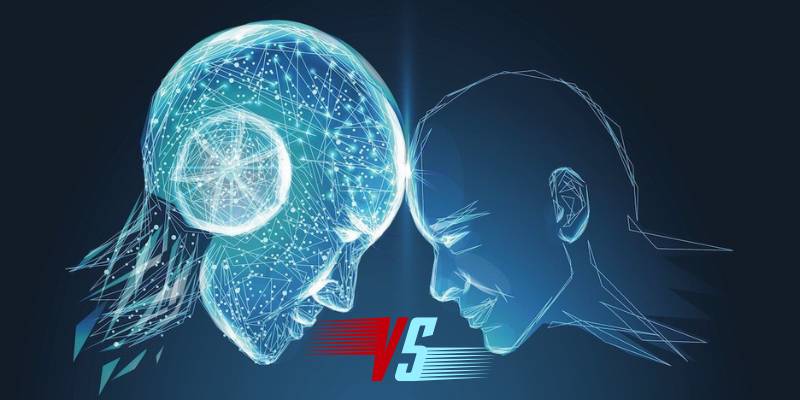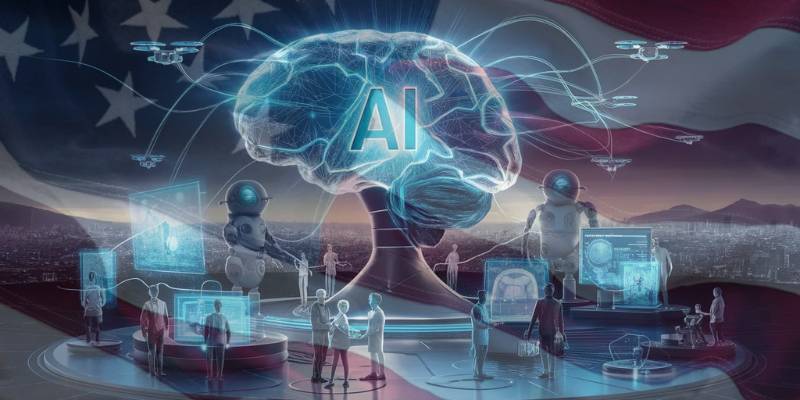The TIME100 AI Impact Dinner wasn’t just another black-tie tech soirée. It was a gathering where coders, creators, and critics clinked glasses over one radical idea—keeping people, not algorithms, at the center of innovation.
As Stuart Russell reminded the audience about AI’s existential risks, the air thickened with a mix of hope and discomfort.
“If the steering wheel’s missing and the driver’s blindfolded,” he said, “maybe it’s time to grab the brakes.” The line landed like a warning shot across Silicon Valley’s skyline.
Meanwhile, Kakul Srivastava celebrated creativity as resistance, urging technologists to build tools that empower rather than exploit. Her voice cracked slightly as she spoke of growing up with music as survival, not luxury.
The crowd went silent—the kind of silence that means everyone’s thinking the same thing: we’ve lost touch with the soul in our circuits.
Refik Anadol’s poetic vision of “listening to the patterns of nature” through data drew spontaneous applause.
He spoke of data as memory, beauty, even grief—like art painted in binary. It wasn’t just art talk; it was a call to feel the digital world, not just build it.
Then came Natasha Lyonne’s plea, raw and unscripted, calling out “our collective tumble into AI without guardrails.”
Her words echoed recent debates on surveillance and copyright erosion, and it felt like the conscience of the room had taken the mic.
As I watched the toasts turn into conversations and the conversations into uneasy laughter, I couldn’t shake the thought that maybe AI’s biggest challenge isn’t sentience—it’s empathy.
The event, glimmering under the chandeliers of the Asian Art Museum, wasn’t really about machines at all. It was about us—our fears, our brilliance, our messy, stubborn humanity.
By the end of the night, one thing was clear: AI might write poetry, paint portraits, even compose symphonies—but without us, it’s just static on a wire.


